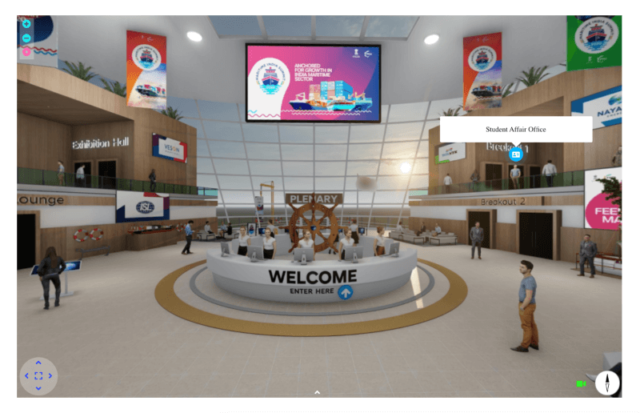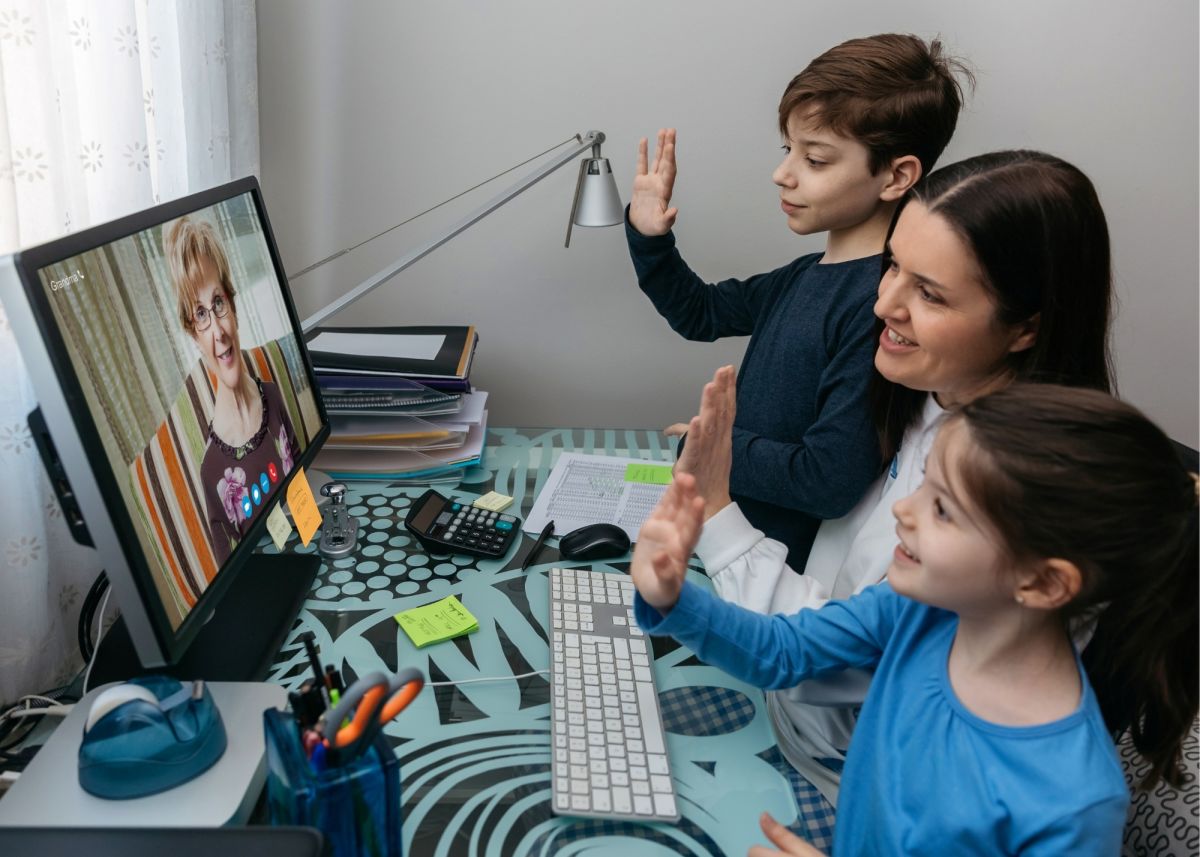In today’s digital age, prospective students and parents often turn to the internet for information before making important decisions about education. A virtual school tour on your website offers an engaging way to showcase your school’s facilities, programs, and community, allowing visitors to experience your institution from anywhere in the world. Here’s a step-by-step guide on how to create an effective virtual school tour.

Table of Contents
Toggle1. Define Your Goals and Audience
Before starting the virtual tour, it’s essential to identify your goals and target audience:
- Identify Objectives: Are you aiming to attract new students, inform parents, or showcase specific programs? Understanding your goals will help shape the content and structure of your tour.
- Understand Your Audience: Consider the needs and interests of prospective students and parents. What information are they most likely to seek? Tailoring your content to address these needs will make your tour more effective.
By defining your goals and audience, you can create a more focused and impactful virtual tour.
2. Choose the Right Format
Virtual tours can be presented in various formats, each with its advantages. Consider these options:
- 360-Degree Videos: This immersive format allows viewers to explore different areas of the school by clicking and dragging their view. It provides a realistic experience of walking through the campus.
- Interactive Maps: Create an interactive map of your school where users can click on specific areas to view images, videos, or information about each location.
- Video Walkthroughs: Produce a guided video tour featuring a staff member or student who introduces various aspects of the school, such as classrooms, labs, sports facilities, and common areas.
Choose a format that aligns with your goals and technical capabilities.
3. Plan Your Content and Route
A well-organized virtual tour requires thoughtful planning of both the content and the route:
- Select Key Areas: Identify the most important areas to showcase, such as classrooms, labs, libraries, sports facilities, and communal spaces. Focus on what sets your school apart.
- Script the Tour: If using a guided video format, write a script that highlights key features, benefits, and unique selling points of each area. Ensure that it flows smoothly from one location to the next.
- Include Student and Staff Testimonials: Consider incorporating brief testimonials from students or staff in the video or as pop-ups in the interactive tour to add authenticity and relatability.
Careful planning will help create a cohesive and informative tour experience.
4. Utilize High-Quality Visuals
Visual quality is crucial for creating an appealing virtual tour. Keep these tips in mind:
- Professional Photography and Videography: Invest in high-quality images and videos that accurately represent your school. Well-lit and well-composed shots will create a more engaging experience.
- Clear Audio: If including narration in your tour, ensure that the audio is clear and professional. Background noise should be minimized to maintain a polished presentation.
- Consistent Branding: Use your school’s branding elements (colors, logos, fonts) consistently throughout the virtual tour to enhance recognition and cohesiveness.
High-quality visuals will make your virtual tour more appealing and effective in capturing interest.
5. Incorporate Interactive Elements
Adding interactive features can enhance user engagement and make the tour more memorable:
- Clickable Hotspots: If using an interactive map or 360-degree video, add clickable hotspots that provide additional information, images, or videos about specific locations.
- Navigation Controls: Ensure that users can easily navigate through the tour, allowing them to jump to different areas or return to previous sections as needed.
- Quizzes or Surveys: Consider incorporating brief quizzes or surveys to gather feedback from viewers or reinforce key information about your school.
Interactive elements encourage users to explore and engage with the content actively.
6. Optimize for Mobile Devices
Given the increasing use of mobile devices for browsing, it’s crucial to ensure that your virtual tour is mobile-friendly:
- Responsive Design: Ensure that the tour can be easily accessed and navigated on smartphones and tablets, adjusting layout and elements as needed.
- Test Across Devices: Before launching, test the virtual tour on various devices and browsers to ensure a consistent experience for all users.
A mobile-optimized tour will make it accessible to a wider audience.
7. Promote Your Virtual Tour
Once your virtual school tour is live, it’s time to promote it to reach your target audience:
- Feature on the Homepage: Highlight the virtual tour on your school’s homepage to ensure maximum visibility for visitors.
- Utilize Social Media: Share the tour on your school’s social media platforms to attract more visitors. Use engaging captions and visuals to encourage clicks.
- Email Campaigns: Include links to the virtual tour in newsletters or email campaigns directed at prospective students and their families.
Promoting your virtual tour will increase its visibility and help attract more visitors.
8. Gather Feedback and Improve
After launching the virtual tour, actively seek feedback from users to identify areas for improvement:
- Feedback Forms: Create a brief survey or feedback form that users can fill out after viewing the tour, allowing you to gather insights on their experience.
- Analyze Engagement Metrics: Use website analytics to track user engagement, such as the average time spent on the tour and the most viewed areas.
- Continuous Updates: Regularly update the virtual tour to reflect any changes in the school environment, ensuring that the content remains current and relevant.
Feedback will help you refine the tour and ensure it meets the needs of your audience effectively.
Conclusion
Creating a virtual school tour on your website is an excellent way to engage prospective students and parents, showcasing your school’s unique offerings and community. By carefully planning your content, utilizing high-quality visuals, and incorporating interactive elements, you can create an immersive experience that attracts and informs visitors. Embrace this opportunity to enhance your school’s online presence and make a lasting impression on your audience!


No responses yet